The Jawa 350 has been revived, this time with a 334-cc motor along with some other changes. We recently got to test the motorcycle in Bhuj to bring you our first impression.
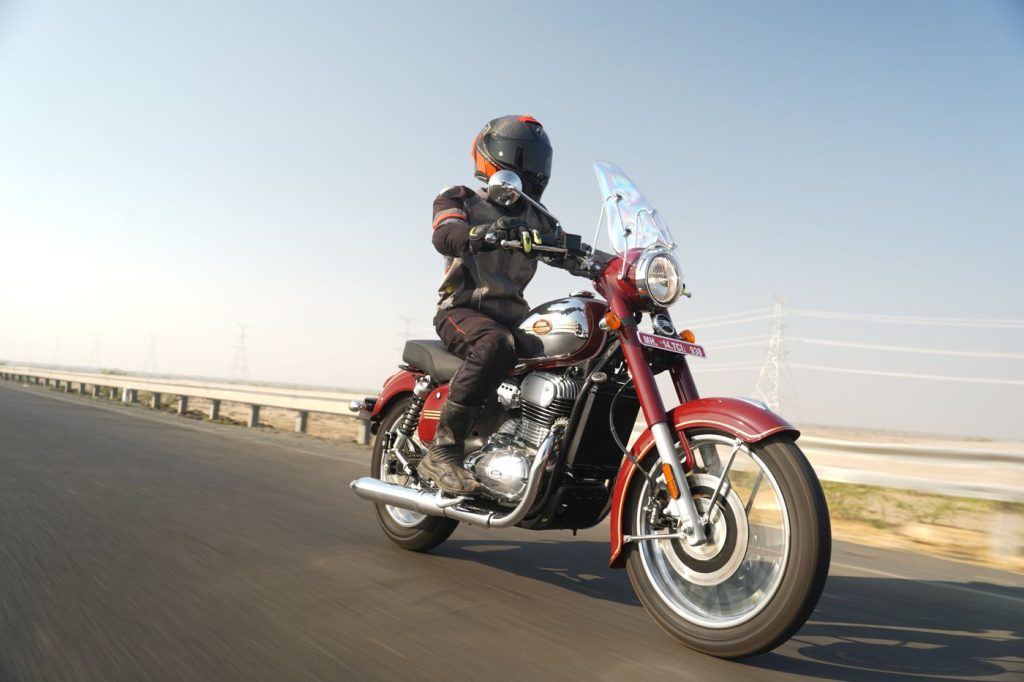
Story: Azaman Chothia
Photography: Apurva Ambep
When it comes to styling, the Jawa 350 has the classic silhouette of the vintage model from the 1970s. It gets a round halogen headlight at the front, a 13.2-litre chrome tank, a single-piece seat, and twin exhaust units that run parallel to the ground. The motorcycle rides on an 18-inch spoked wheel at the front and a 17-inch spoked one at the rear. The pinstripes we see flowing around the bodywork are not hand-painted, they are stickers. Overall, the fit and finish seems good and the chrome gives the motorcycle a premium look. There are three colour options on offer: Maroon, Black, and the newly introduced Mystique Orange. The bike sports an analogue speedometer that is set anticlockwise along with a fuel-gauge and a little more info that pops up in the small digital unit on top of the speedometer.
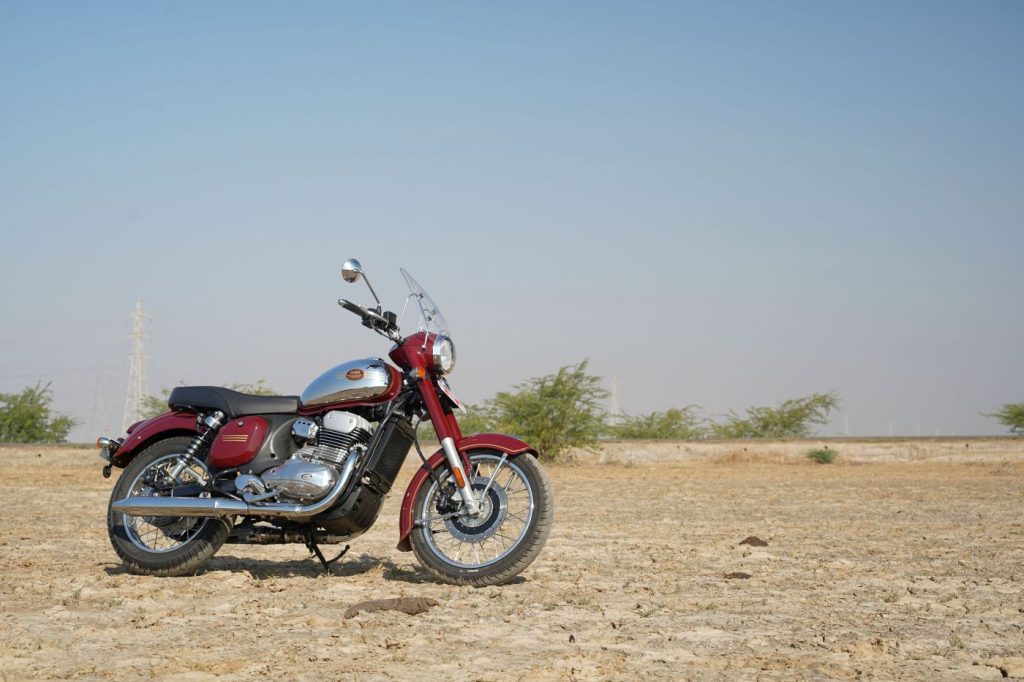
Ergonomically, the Jawa 350 is a comfortable motorcycle and that is especially because of the well-padded seat. I did over 190 kilometres during this first ride experience and I didn’t face any issues. Even though the bike has a kerb weight of 194 kilograms, it feels light to move around and on the go as well. Given its seat height of 790 millimetres, the Jawa 350 promises to be accessible to most riders. The foot-pegs are set in a neutral position and the handlebar keeps the rider upright. During our first ride the 178 mm of ground clearance was adequate to tackle speed-breakers and undulations.
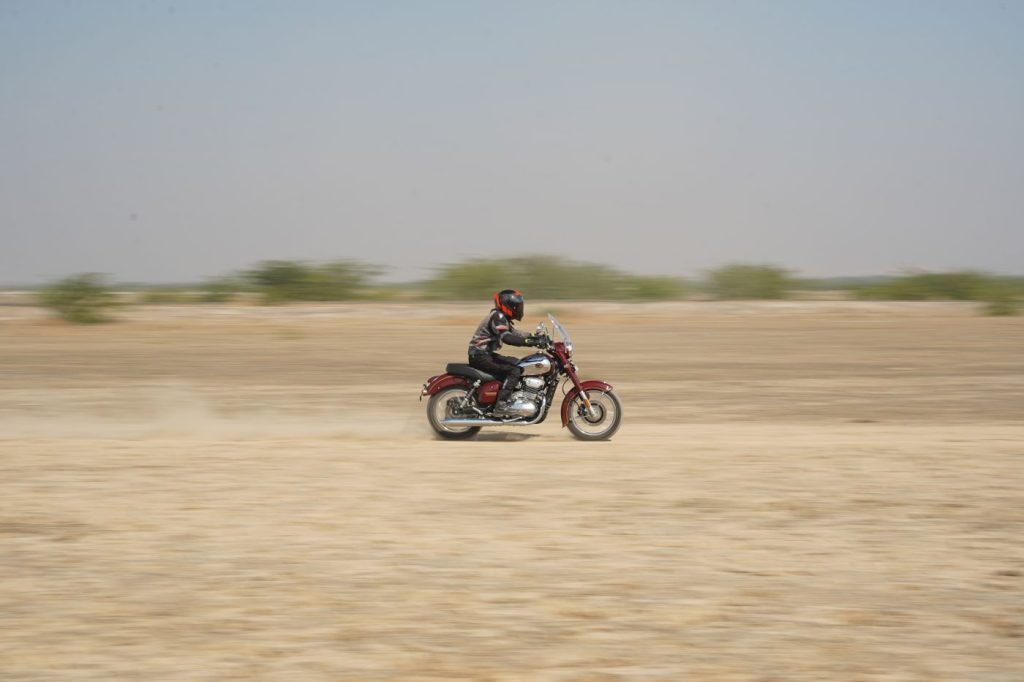
The 334-cc single-cylinder motor is the same as that seen in the 42 Bobber and Perak models. It churns out 22.5 hp at 7,000 rpm and a peak torque of 28.2 Nm at 5,000 rpm. As I got going, I found the acceleration to be quick from the low-range rpm but as I tried to get up to speed, vibrations were felt at the handlebar and foot-pegs while cruising at 80 km/h and they only got harsher as the speed climbed. Therefore, when it comes to cruising on the highway, this does not seem to be an ideal motorcycle. Considering its 334-cc motor, I would have expected it to cruise comfortably at 100 km/h. Although the bike has a top speed of just over 125 km/h, the motor feels stressed. While cruising at lower speeds, though, the motorcycle feels in its element and also tractable. I was able to cruise at around 40 km/h in fifth gear. The clutch action is light and the gear-shifts are pretty slick. Overall, this motor will be good enough only for riding around within the city or a short scenic ride to take in the views. The exhaust note was quite nice because the motorcycles we had for this first ride had their DB killers removed from the exhausts. We would have to properly listen to a unit with the DB killers installed for a better idea of how it sounds.
The suspension set-up comprises 35-mm USD front forks that are tuned to be on the softer side and twin-shocks at the rear that are on the stiffer side. The front has 130 mm of travel and the rear 100 mm of suspension travel. So, riders are going to have to slow down while tackling bad roads. Most of our riding was on a highway and straight roads, so we shall talk about its cornering abilities once we test it more extensively. The braking set-up consists of a 280-mm disc at the front and a 240-mm disc brake at the rear with dual-channel ABS. I felt that the brakes did not have enough bite and the front fork seemed to dive a lot under hard braking. Considering these factors, I had to apply the brakes earlier than I usually would.
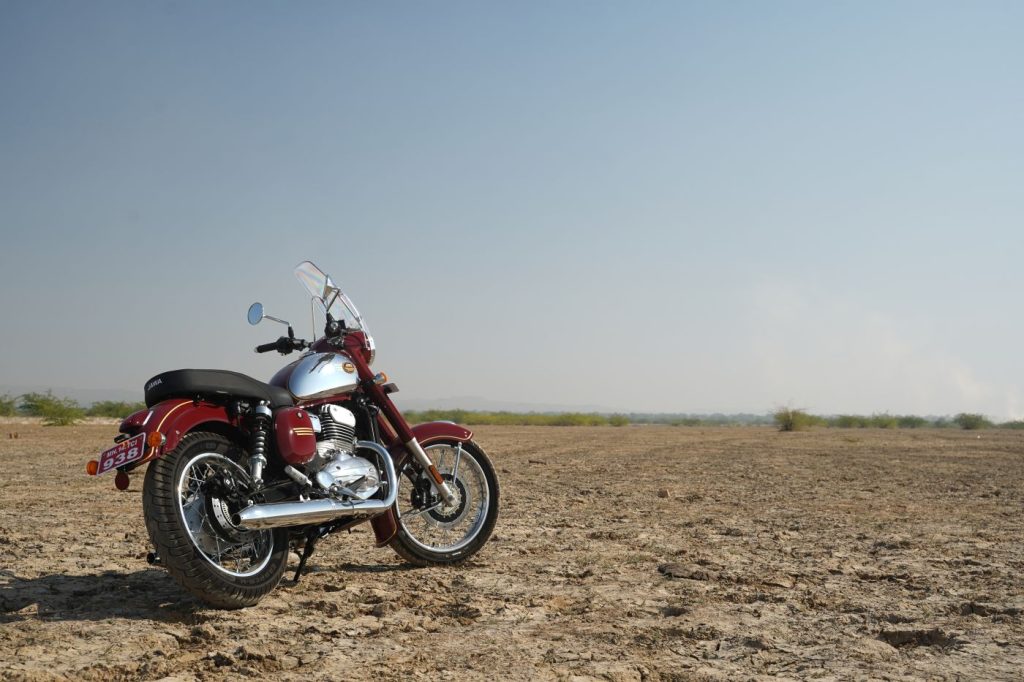
The Jawa 350 is priced at Rs 2.14 lakh (ex-showroom), which seems fair for a motorcycle in this class. It looks and feels premium but is powered by an engine which is meant only for short city rides. Thus, this is not a motorcycle that is going to be able to do everything or even be practical in that sense, but it will appeal to enthusiasts who know all about the history of the Jawa brand and its legacy.
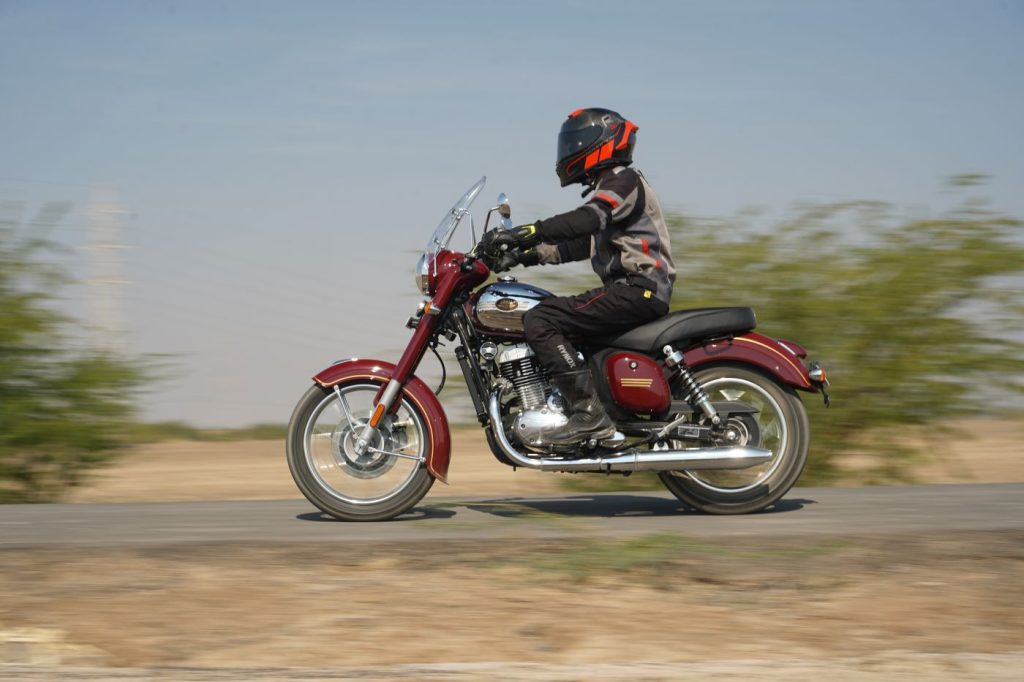

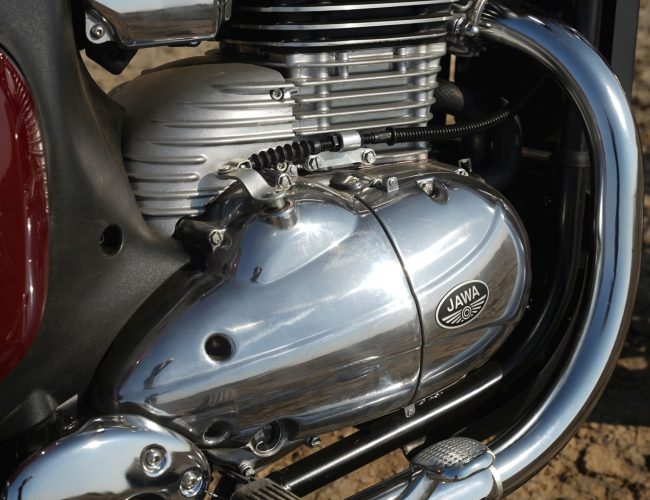

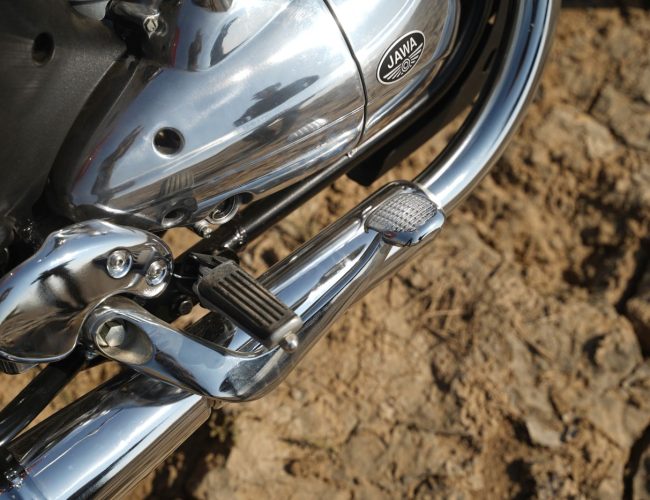
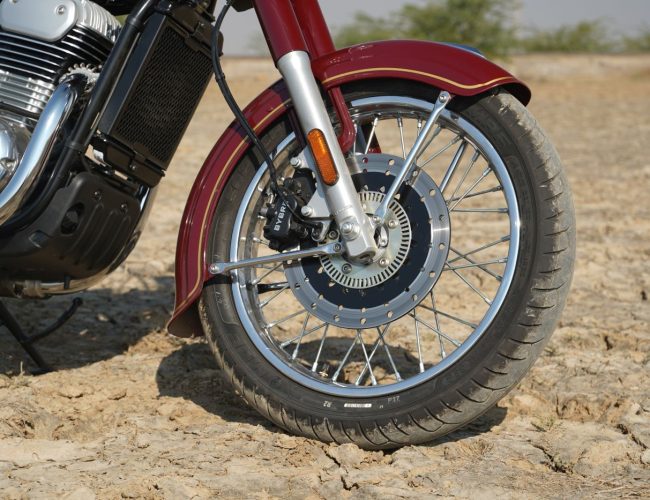
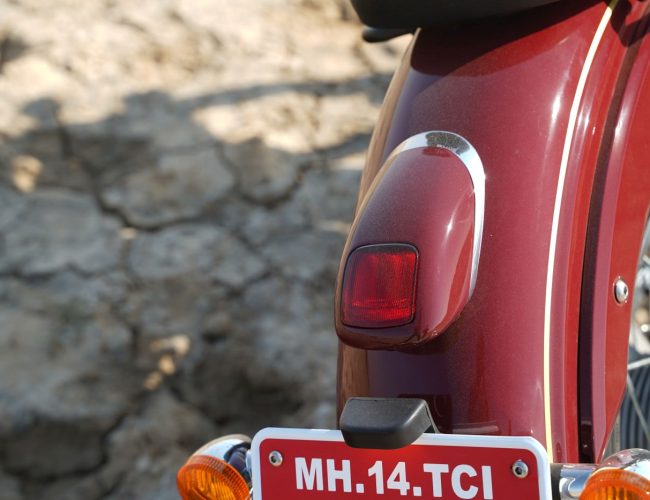

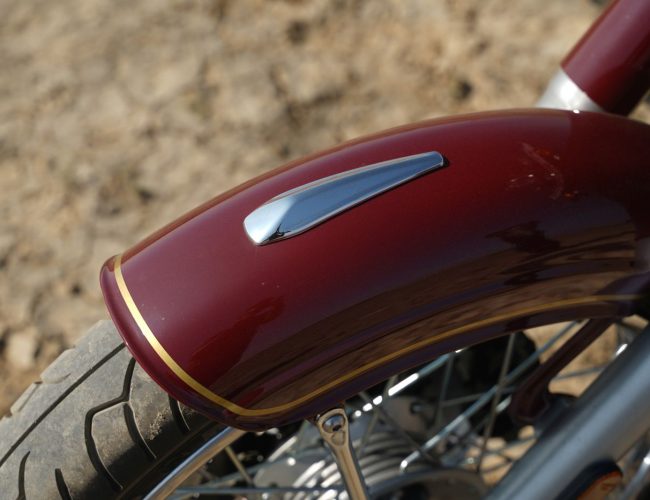
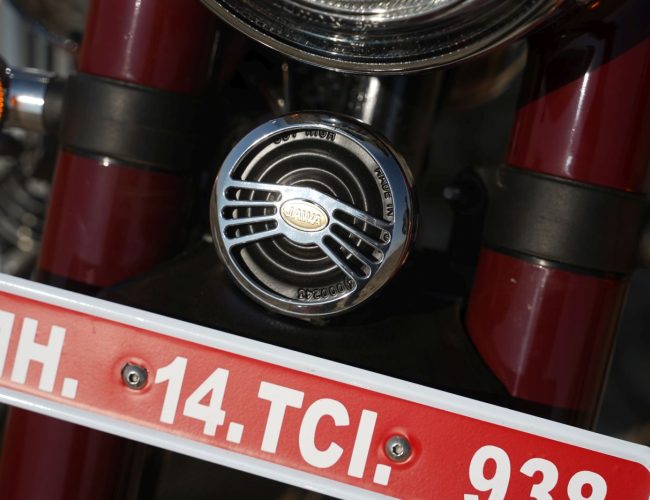
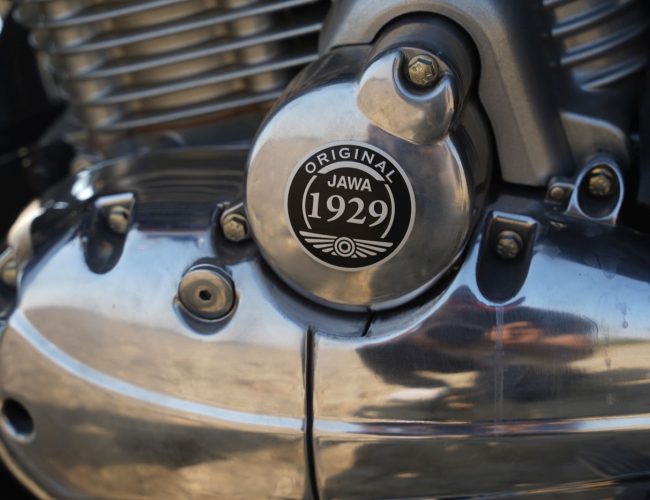
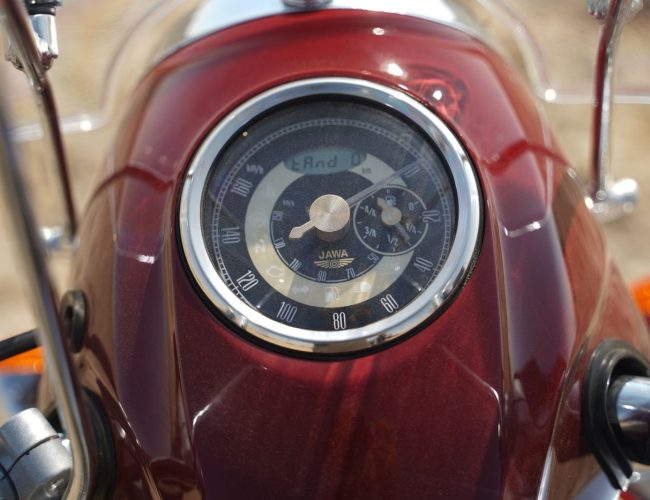
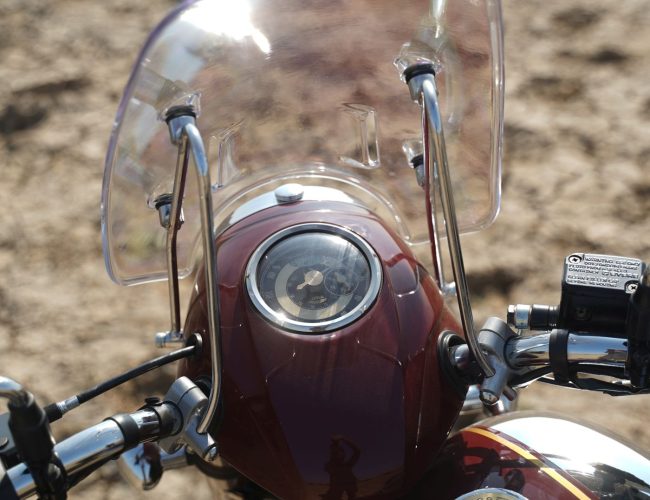
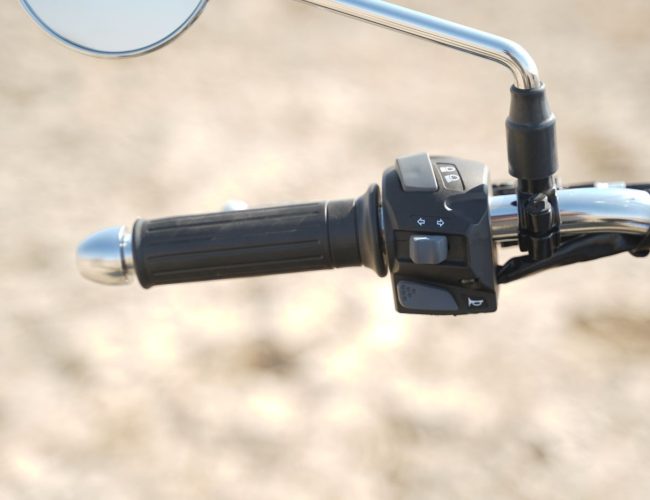
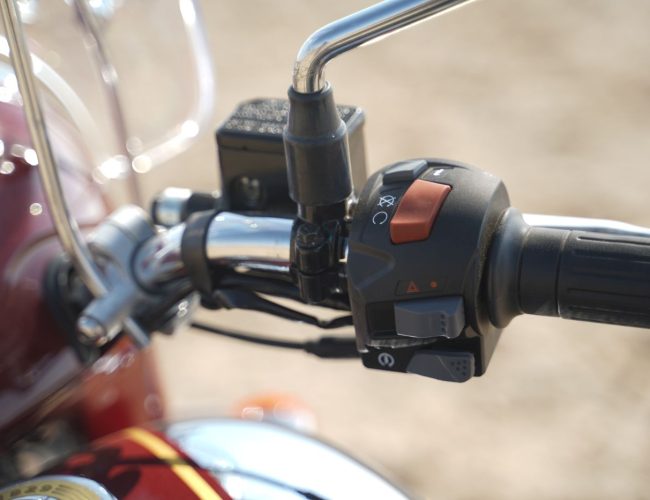
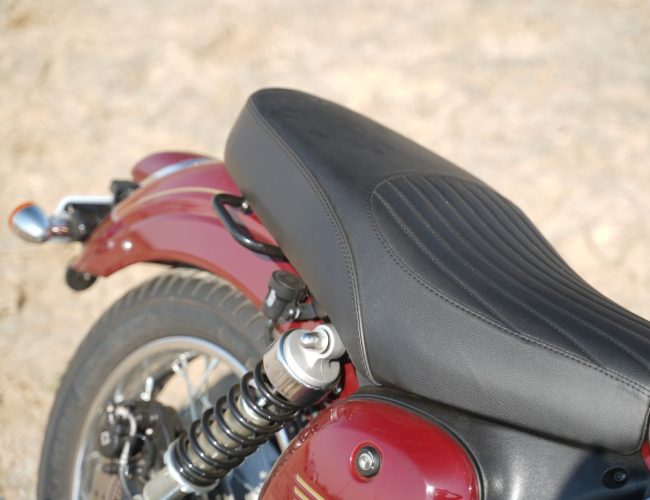
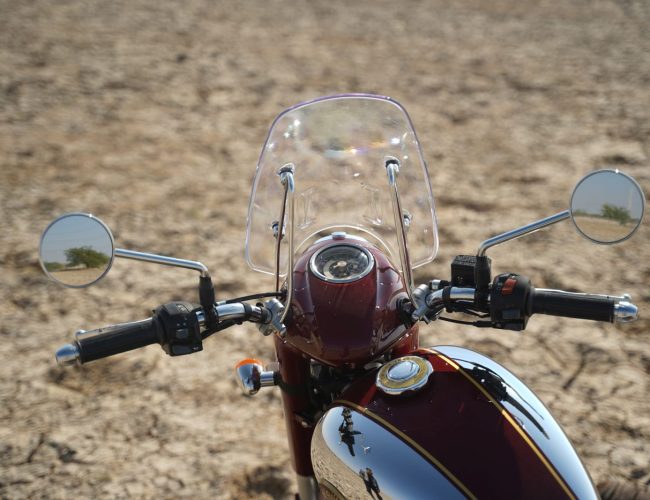

Leave a Reply